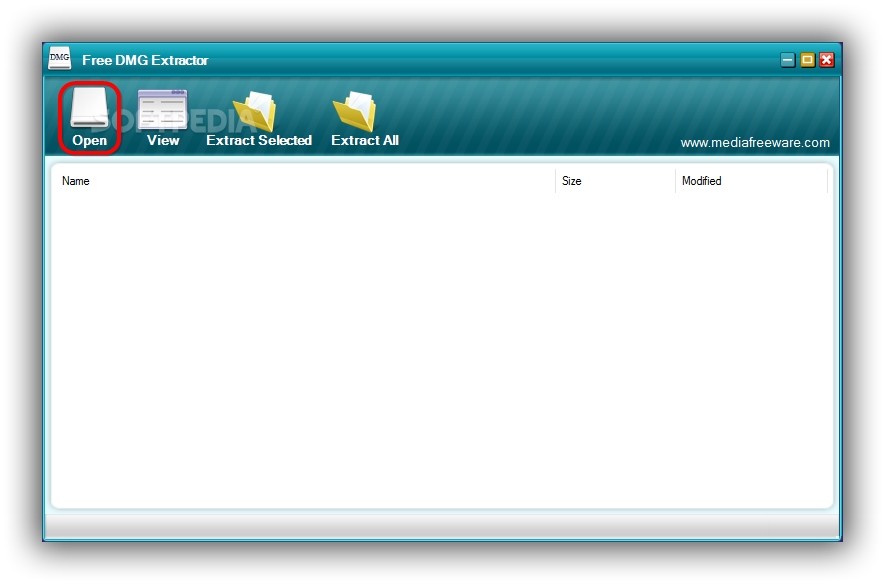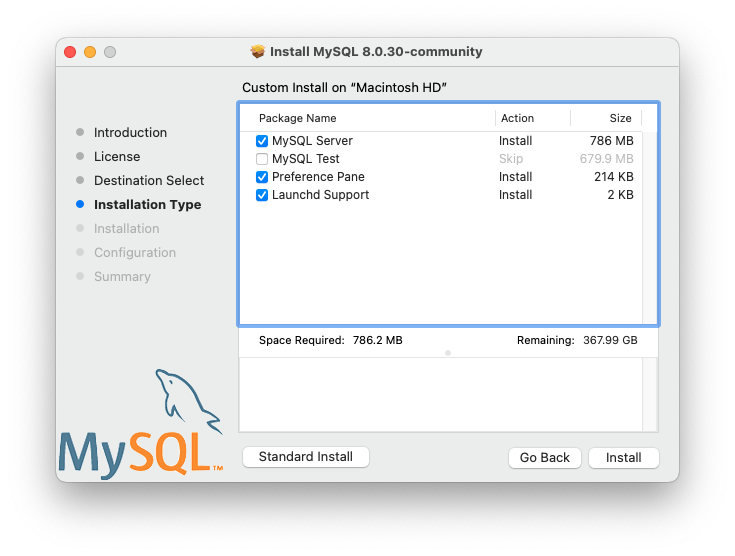Several of my colleagues and I have recently upgraded from MySQL 5.5 to MySQL 5.6 using homebrew on our Macs to test locally before upgrading our servers. Since this upgrade, we all have been experiencing intermittent MySQL errors when running our rails code: Lost connection to MySQL server at 'sending authentication information', system error: 32.
Install MySQL Server 5.6.x
- Remove MySQL completely from Mac OSX. I installed by downloading a DMG archive from dev.mysql. I am going to install mysql version 5.6, and installing via the.
- I accidentally installed the PowerPC version of MySQL on my Intel Mac in Snow Leopard, and it installed without a problem but of course doesn't run properly. I just didn't pay enough attention.
All of the database tutorials and reference material on this site are, at the time of writing, based on MySQL 5.6.x. That's not to say that they are not relevant to you working with other database vendors; however, I've had to select one database and MySQL seems to be a sensible choice - that anyone can download and use. All of our tutorial and reference material can be easily translated for your use with other database vendors and, where appropriate, I have made reference to specific features that other vendors support.
You may download an install the community edition of mySQL, from here.
You will find it helpful to download and install both the MySQL Community Server and MySQL Workbench.
You'll see that the screenshots and comments here have a slant towards Mac OSX. This is simply because this is that platform that I've used for writing these tutorials. If you are using a different platform, then, although the installation procedures may be less helpful, much of the setup and configuration still will be.
Installation
Mysql 5.6 Mac Dmg 10.7

To install MySQL Server & Workbench, I chose the DMG download option, for Mac OSX.
I downloaded the following two files.
Installing MySQL Server
Open the MySQL Server DMG. This should look something like the screenshot below.
There are two installable packages, here, and I installed both.
MySQL Server
Open the MySQL Server package and follow the instructions.
MySQL Startup Item

Open the MySQL Startup Item package and follow the instructions.
Installing this option allows you to easily start and stop your MySQL Server, using the following commands.
Installing MySQL Workbench
There's not much to say about this installation. It's a fairly standard Mac OSX Installation.
Setup of MySQL
These notes are based on a fresh install of MySQL Server and some initial configuration; which was sufficient to complete our tutorials.
First of all, start MySQL Server (see above) and launch MySQL Workbench.
Create a New Server Instance
With a fresh install of MySQL Server, you will have no MySQL Server instances, as shown in the screenshot below. To create a new Instance, hit New Server Instance.
Specify the Host Machine the Database Server is running on
You have two basic options here, Localhost or Remote Host. I chose the default option of Localhost, as this is where I've installed MySQL Server.
Set the Database Connection Values
I left all of the default values, here, and chose root as the Username. Note that the default root password for MySQL is root and you should change this.
Testing the Database Connection
If all looks good here, you can hit Continue.
Specify the installation type for your target operating system
There was no need to make any changes here, I simply hit Continue.
Testing Host Machine Settings
For installations on Mac OSX, Error: File /etc/my.conf doesn't exist appears. A quick Google shows that this is an expected error for new installations. I simply hit Continue to proceed.
Review Server Instance Setting
This screen provides an opportunity to review settings. As this is a very basic installation, for tutorial purposes, I simply hit Continue.
Create the Instance Profile
This is the finance step in the process. I simply hit Continue Download mozilla firefox for mac os x 10.6.8. to accept the default value.
Server Instance Created
Your Server Instance should now be created and available for use, as shown in the screenshots below.
Create TalendByExample schema
Open the root connection from, hit the button and then create a new schema named TalendByExample, or a name of your choice.
Mysql 5.6 Mac Dmg Shortcut
Create tbe (TalendByExample) User
Return to the Home screen and then open Manage Security. Here, you can create the tbe user, or a name of your choice. Complete the dialog, as shown below. When completed, hit the Apply button.

Now select the Schema Privileges tab, to give your new user priviledges to the schema that you have just created.

Mysql 5.6 Mac Download
Disqus